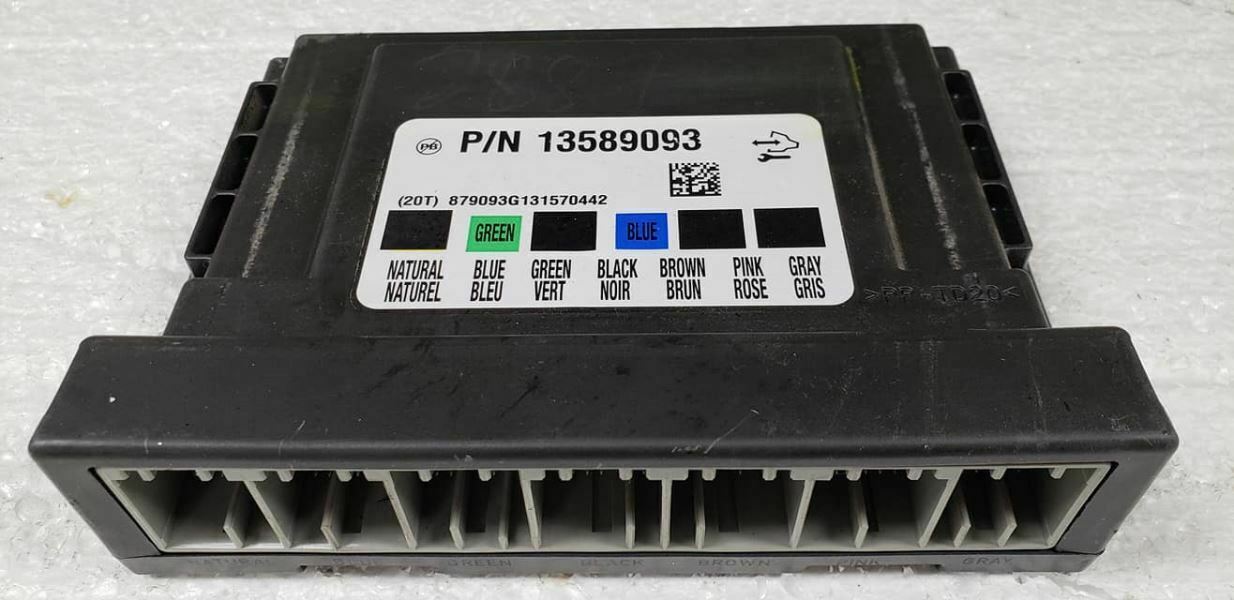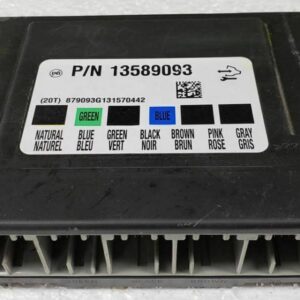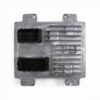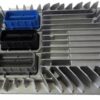Restore Your Vehicle’s Functionality with a Hassle-Free BCM Solution
Are you dealing with baffling electrical issues in your 2012 Chevrolet Volt or another compatible GM vehicle? Flickering lights, unresponsive power windows, a haywire security system, or even a car that won’t start are all classic signs of a failing Body Control Module (BCM). The BCM is the central nervous system for your car’s body electronics, and when it fails, it can cause a cascade of frustrating problems. Dealerships often charge a premium for a new module plus expensive programming fees. We offer a simpler, more affordable path forward.
This listing is for a comprehensive cloning service. You send us your original, faulty BCM, and we transfer all its critical data—including VIN, mileage, and key programming—to this fully tested replacement module. The result is a true plug-and-play solution. When you receive the module back, you simply install it, and your vehicle is back to normal without any need for a trip to the dealer or a specialized scan tool for programming. It’s the most efficient way to get a reliable fix for your 2012 Volt BCM and get back on the road with confidence.
From the Diagnostic Bay: The Case of the Confused Camaro
A few months back, a 2013 Camaro rolled into my shop with a laundry list of bizarre symptoms. The owner said the radio would randomly turn off, the dome light would stay on, and occasionally the key fob wouldn’t work. He’d already replaced the battery, but the gremlins persisted. After hooking up my diagnostic tool, I saw a slew of communication error codes (U-codes) pointing to the BCM. Instead of a costly new module and a day tied up with programming, we opted for a cloned unit. We had his original BCM sent out, and two days later, the programmed replacement arrived. The installation took 20 minutes, and every single issue was gone. It’s a perfect example of how this service saves both time and money for a complex problem.
Signs Your GM BCM is Failing
A failing BCM can manifest in numerous ways. If you’re experiencing any of the following, your Body Control Module is the likely culprit. In my shop, I’ve seen these issues hundreds of times, often accompanied by communication DTCs like U0100, U0140, or B-series codes.
- ✔ Intermittent or non-working power windows, door locks, or mirrors.
- ✔ Interior or exterior lights behaving erratically (staying on or not turning on).
- ✔ The security system or alarm malfunctioning, or the vehicle not recognizing the key fob.
- ✔ The horn honking unexpectedly or not working at all.
- ✔ Dashboard warning lights appearing for no reason.
- ✔ A no-start condition where the engine cranks but won’t fire up due to a security lockout.
- ✔ Problems with the radio or climate control systems.
Your Straightforward BCM Installation Guide
Installing your pre-programmed BCM is a manageable task for a DIY enthusiast. While the exact location varies by model (see fitment list), the general process is similar. Always have your vehicle’s service manual handy for specific details.
- Safety First: Disconnect the negative terminal from your vehicle’s battery and wait at least 10 minutes to ensure all systems are powered down.
- Locate the BCM: Find the original BCM. Common locations include behind the driver’s or passenger’s side kick panel, under the dash, or in the engine compartment (as with the 2012 Volt).
- Disconnect and Remove: Carefully unplug the electrical connectors. They have locking tabs that must be depressed. Once disconnected, unbolt or unclip the module from its mounting bracket and remove it from the vehicle.
- Install the Replacement: Mount the new, programmed BCM in the same location and securely reconnect all electrical harnesses. Ensure each connector clicks into place.
- Reconnect Power: Reattach the negative battery terminal and tighten it securely.
- Test Functionality: Start the vehicle and test all body functions—lights, locks, windows, radio, etc.—to confirm the repair was successful.
Important Post-Installation Notes
While our cloning service makes this a plug-and-play repair, some GM vehicles may require additional steps after installation. If you encounter an airbag light, a professional scan tool is needed to perform the ‘Setup SDM Primary Key in BCM’ procedure. Similarly, some models may require a ‘Brake Pedal Position Relearn’ to ensure proper traction control and brake light operation. These are not always necessary but are important to be aware of.
Verified Fitment for These GM Models
This BCM programming service is compatible with module part numbers 13580696, 123589093, 13588446, 13584692, and 13583542. It is a guaranteed fit for the following vehicles:
- 2012 Buick LaCrosse: (LH kick panel), ID 13580696
- 2013 Buick LaCrosse: (LH kick panel)
- 2012 Buick Regal: (LH dash)
- 2012 Buick Verano: (below center of dash)
- 2012 Cadillac SRX: (LH dash), ID 13580696
- 2012-2013 Chevrolet Camaro: (RH dash)
- 2014 Chevrolet Camaro: (RH dash), Coupe
- 2012 Chevrolet Equinox: (LH side dash), body control
- 2013 Chevrolet Spark: (left lower a-pillar)
- 2012 Chevrolet Volt: (RH engine compartment)
- 2012 GMC Terrain: (LH side dash), body control
Frequently Asked Questions
How does the cloning service work?
After you purchase, we will provide instructions for shipping your original BCM to us. Once we receive it, we extract the unique data and program it into the replacement module. We then ship the ready-to-install BCM back to you, typically within 1-2 business days.
Do I need to program this 2012 Volt BCM?
No. The entire point of our service is to handle the programming for you. The module you receive will be 100% plug-and-play, saving you from expensive dealership programming.
Is there a core charge?
No, there is no core charge. We require your original module only for the data transfer process. You are not required to send it back after receiving your programmed part, but we need it first to perform the service.
What if the airbag light comes on after installation?
On some GM models, the new BCM needs to be electronically ‘introduced’ to the airbag system (SDM). This is called ‘Setup SDM Primary Key in BCM’ and requires a professional-grade scan tool. It’s a simple procedure for any competent repair shop.
Why can’t you just send me a pre-programmed module without my original?
Your vehicle’s security information, key data, and specific options are all stored in your original BCM. Cloning this data is the only way to ensure a seamless, plug-and-play installation without needing additional, complex programming later.



